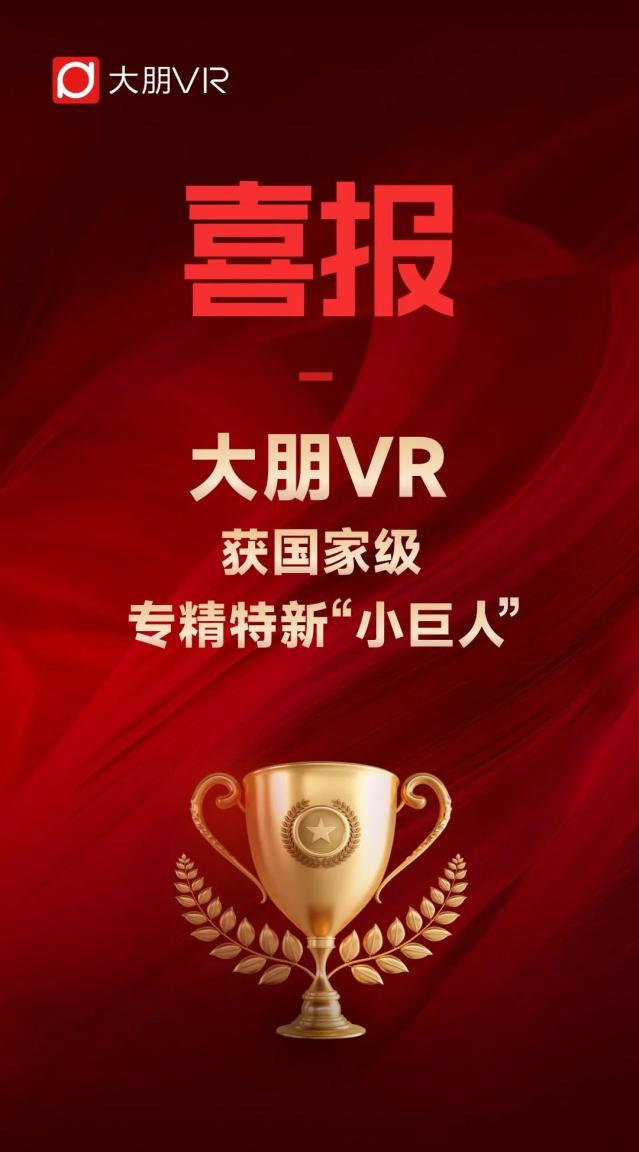Virtual desktops can now use Quest 3's built-in body tracking technology to emulate a worn Vive tracker
The latest update to Virtual Desktop allows you to simulate wearing Vive Trackers using Quest 3's built-in body tracking and generated legs for SteamVR body tracking.
Vive Trackers are mainly used by VRChat users to track body parts such as torso, elbows, legs and feet in real time to drive their avatars. But this can add significant cost. Traditional Vive Trackers cost $130 each and require a SteamVR tracking base station ($150 each), while the built-in Vive Ultimate Trackers cost $200 each and both require a $40-$50 strap. Additionally, manual calibration is required to use traditional Vive Trackers with headsets that don't use SteamVR tracking, and manual calibration is required to use Vive Ultimate Trackers with non-HTC Vive standalone headsets.
Virtual Desktop is available inMeta The latest update on the Quest head-mounted display is now available, providing analog Vive Trackers for the entire body.
To drive the position of the analog tracker for the upper body, the update takes advantage on Quest 3 of the built-in body tracking (IOBT) feature that the head-mounted display gained last December, which uses the head-mounted display's downward-facing side camera. On older Quest head-mounted displays, it will simply use inverse kinematics (IK), which is a mathematical estimation method based on head and hand positions.
For lower body simulation trackers, Virtual Desktop uses Meta's Generate Legs feature, which Meta says uses "cutting-edge" AI models to estimate leg positions. Generate Legs supports Quest 2, Quest Pro, and Quest 3.
You can use theCommunity-produced toolsConfigure enabled trackers and unenabled trackers. For example, you can use Quest 3's IOBT as the tracker for the upper body and real Vive Trackers for the lower body for true 6DoF body tracking at minimal cost.
Emulated Vive Trackers aren't the only new feature in this Virtual Desktop update. It also adds the ability to emulate Valve Index controllers using Quest's joystick-less hand tracking to enable finger tracking in supported SteamVR games.
Finally, this update also brings the following bug fixes and general improvements:
- Improved motion extrapolation quality for Synchronized Spatial Widening (SSW) for all head-mounted displays
- Now sends battery level and charge status of headset to SteamVR
- Reduction of video compression artifacts through 10-bit codecs
- Improved desktop streaming latency on macOS
- Extensive hand tracking support added to Quest
- Switch to recognizing index finger and finger flexion to trigger/grasp buttons when using regular hand tracking
- Fixed VR session not ending correctly in Unreal Engine/Unity/WebXR
- Fixed desktop truncation with AMD graphics cards at certain resolutions
- Fixed compatibility issues with the following games: Hard Bullet, Resonite, JKXR, Roblox
While Valve's Steam Link now offers a free and frictionless pathway to SteamVR, and Meta recently greatly improved Air Link's session battery life, Virtual Desktop developer Guy Godin continues to push the boundaries and add new features and improvements that aren't found in either of these free alternatives can't be found in either. This allows his $20 app to remain the wireless PC VR tool of choice for many Quest users.
source:uploadvr
Related posts




